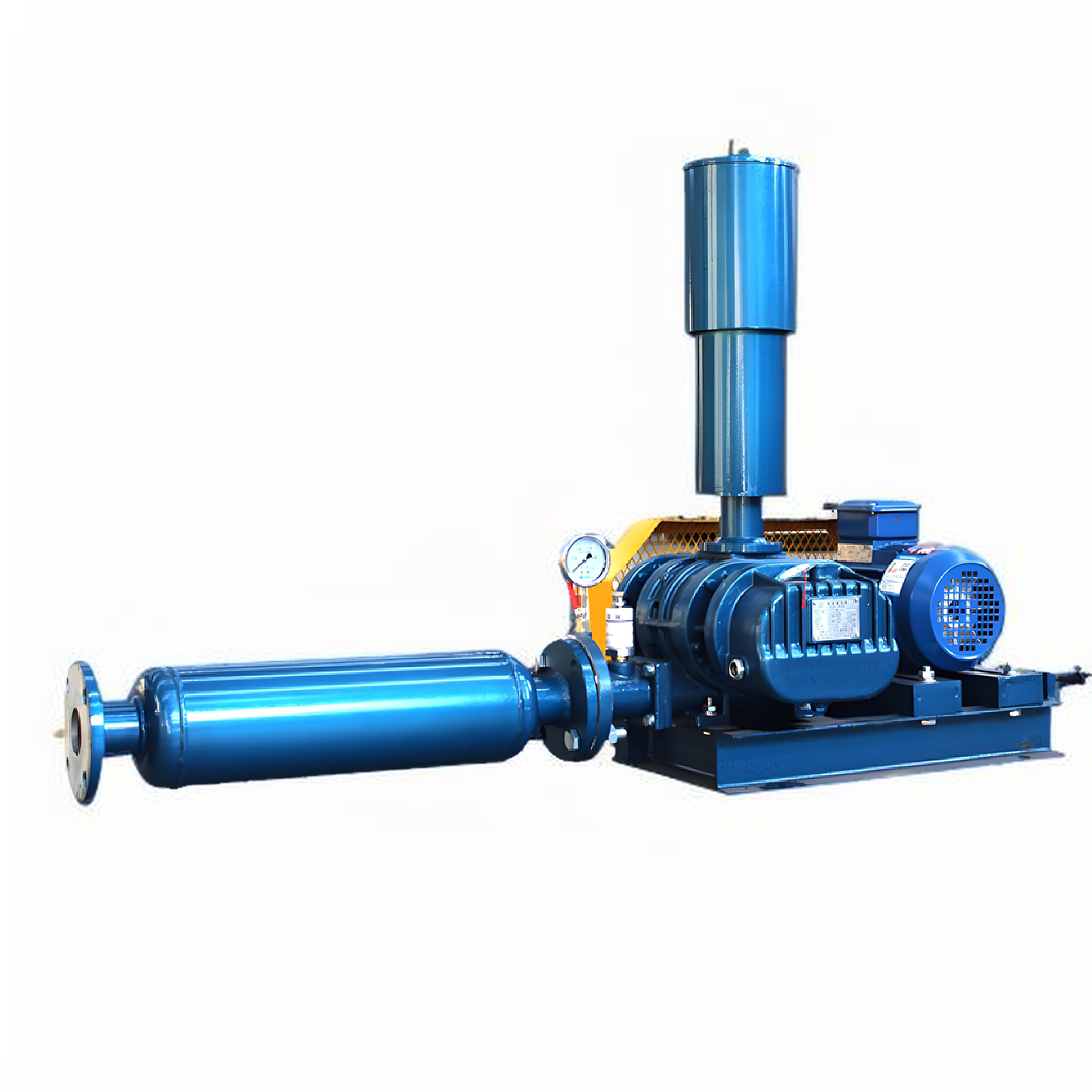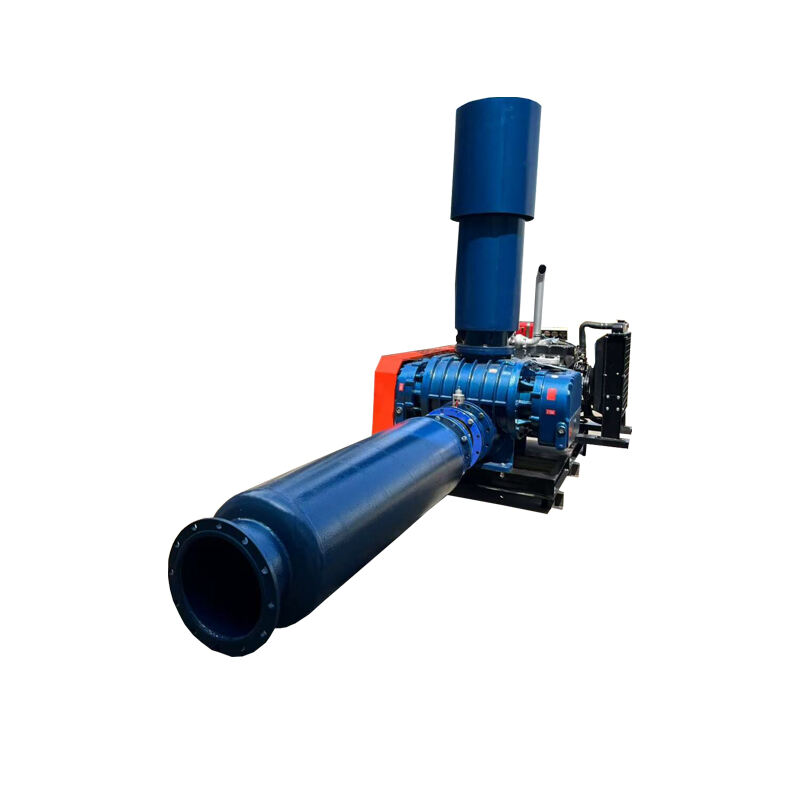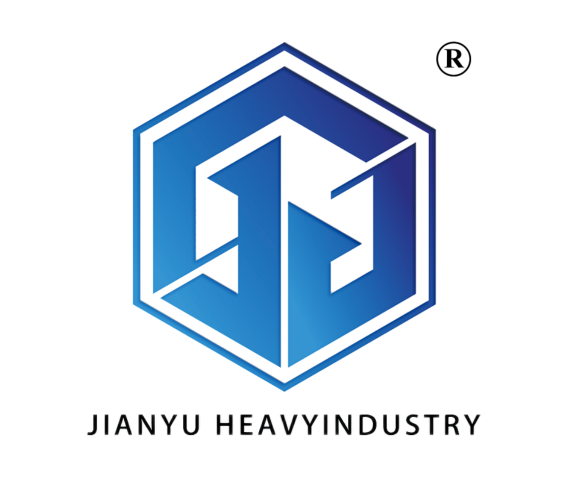shrimp farm equipment
Shrimp farm equipment represents a comprehensive suite of innovative technologies designed to optimize aquaculture operations. These essential components include advanced water quality monitoring systems, automated feeding mechanisms, aeration equipment, and sophisticated filtration units. The primary functions encompass maintaining optimal water conditions, ensuring efficient feed distribution, and promoting healthy shrimp growth cycles. Modern shrimp farming equipment integrates smart sensors that continuously monitor crucial parameters such as dissolved oxygen levels, pH balance, and temperature fluctuations. The automated feeding systems utilize precision timing and distribution mechanisms to optimize feed conversion ratios while minimizing waste. High-performance aerators maintain consistent oxygen levels throughout the pond, while robust filtration systems remove waste products and maintain water clarity. The equipment's technological features often include remote monitoring capabilities, allowing farmers to track pond conditions through mobile applications or central control systems. These systems can be seamlessly integrated, creating a synchronized network that maximizes production efficiency while minimizing labor requirements. The applications extend from small-scale operations to industrial-sized shrimp farms, with scalable solutions that adapt to varying pond sizes and production volumes.



